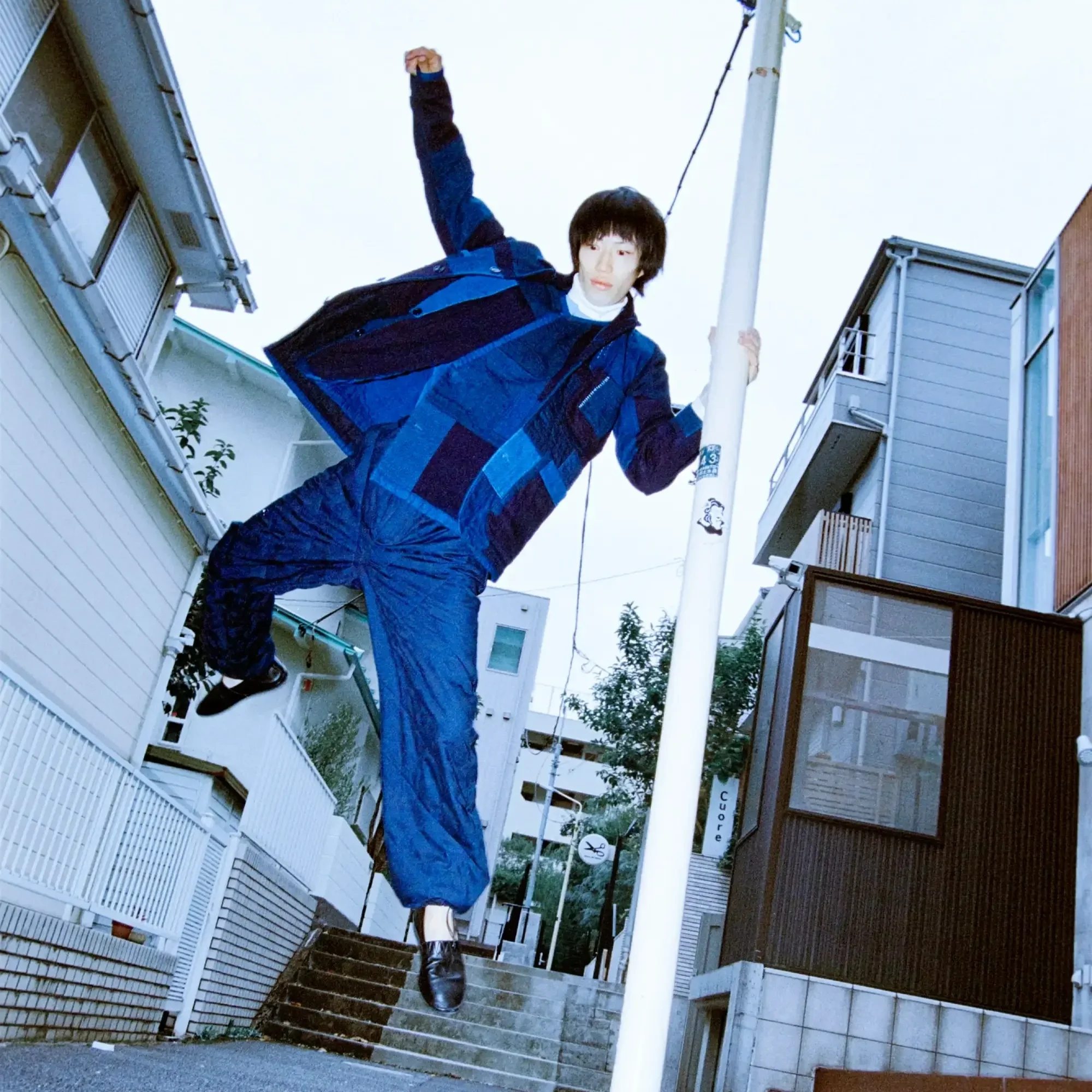Modern Heroines - Kyariauman in the Japanese Workplace
In Tokyo, amidst the towering skyscrapers and bustling streets, Japan's corporate world is very much alive. Here, amidst the blend of ambition and tradition, Aiko lives, a fictional character embodying the experiences of Japanese career women, or kyaria ūman. Delving into the statistical data, historical context, and the challenges they face in the modern workplace, we realize Aiko is still fighting the same battle as the women before her did years ago.
Tradition vs. ambition
The history of career women in Japan has been a dynamic journey, influenced by a blend of cultural traditions and modern shifts. Let's delve into the story of Aiko, a fictional career woman embodying the experiences of many Japanese women. Back in the late 1800s, ryosai kenbo dictated that a woman's primary duty was to be a good wife and mother. This societal expectation emphasized domestic roles over professional pursuits, anchoring women's identities firmly within the confines of the home. It has been ingrained in Aiko to be a mother, find a hardworking man, and dedicate her life to taking care of their home, but Aiko has other dreams.
Just like for salarymen, the aftermath of World War II brought about significant changes for women like Aiko. Japan’s economy surged forward, and opportunities for women to enter the workforce expanded. But despite this newfound presence in the workplace, their primary identity remained closely linked to their familial responsibilities.
Particularly in the latter half of the 20th century, Japanese women began to search for higher education and careers outside the home. This marked a shift in existing norms, challenging traditional views on women's roles, and paving the way for gender equality in the workplace. Despite these strides, hurdles persisted. Women still faced barriers such as limited access to top-tier positions, societal pressure to prioritize marriage and family over career advancement, and sexual harassment. Aiko was asked if she wanted to have children at some point during all her interviews, never gets recommended for a promotion, and is expected to quit work when she wants to start a family, making it almost impossible for her to advance her career without being judged for the choices she makes.
As Japan continued to modernize and adapt to global trends, the landscape for career women evolved. Aiko and other career women increasingly asserted their presence in the office, fighting for professional recognition. However, the journey was not without its challenges. The gendered division of labor and corporate structures often presented obstacles. Yet, Aiko's resilience and determination, mirrored by countless other women, fueled a gradual transformation of the workplace.
Numbers don’t lie
Aiko's footsteps echo the strides made by Japanese women, yet they also reveal the persistent gender disparities within Japan's corporate world. Recent statistics highlight progress, with around 53% of Japanese women being employed in 2023. However, they remain vastly underrepresented in leadership positions, comprising only about 14% of managerial roles.
These numbers underscore broader challenges related to gender equality in Japan. Traditional gender norms and cultural expectations continue to shape workplaces, hindering women's advancement into leadership positions. Moreover, biases and discriminatory practices perpetuate a cycle of inequality.
Hardships of women in Japanese workplaces
Aiko encounters unique obstacles on her journey. The cultural expectation of long working hours exacerbates the struggle for work-life balance. This might not seem like a problem in a society that often prioritizes professional commitments over personal well-being, but this impacts women disproportionately since they are more often than not burdened with all familial responsibilities. Aiko is now faced with a challenge: will I continue to work brutal hours to advance my career, or give it all up to start a family? That is a choice not many Japanese men have to make.
Aiko also faces the bamboo ceiling, a phenomenon in which traditional gender roles and biases limit opportunities for career progression. Despite her qualifications and capabilities, she finds her path to leadership obstructed by systemic barriers.
Efforts towards change
Efforts to promote gender equality gain momentum. The government's "Womenomics" policy, initiated in 2013, aims to increase female labor force participation and promote women's leadership. Some companies introduce measures like flexible work arrangements and childcare support programs to aid working mothers.
However, structural barriers persist, hindering women's progress. Limited access to affordable childcare facilities, inadequate support for parental leave, and cultural stereotypes continue to impede their career advancement.
Embracing the future
Despite the challenges, there's hope for a fairer future. As Japan grapples with demographic shifts and global economic pressures, the contributions of women to the workforce are increasingly recognized as vital for sustainable growth. To put it simply: Japan needs its female workforce to continue its economic growth.
By addressing systemic barriers and fostering diversity and inclusion, Japan can harness the full potential of its female workforce. Empowering women promotes economic growth and enriches society by fully tapping into diverse perspectives and talents.
Today, Aiko and her counterparts stand at the forefront of a changing paradigm. While the journey towards gender equality in the workplace is ongoing, their efforts have laid the groundwork for future generations. By challenging stereotypes, advocating for equal opportunities, and reshaping organizational cultures, career women in Japan continue to redefine societal norms and inspire others to pursue their aspirations. As Aiko's story illustrates, the road may be bumpy, but the destination promises a more inclusive and fairer future for all.










How late-night libations fuel Japan's after-hours salarymen.